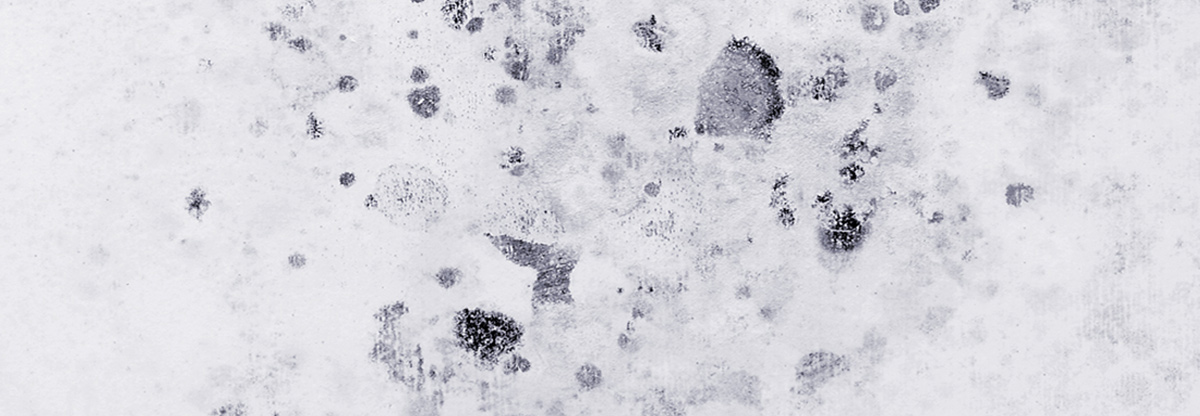Products for Construction Industry
Recovery and recycling of plasterboard in the building industry
Plaster wall is currently one of the most used construction materials in light construction due to its speed of application and its special thermoacoustic, fire-retardant and water-repellent qualities. The enormous use of drywall, also due to the demographic increase, has led to the need to recover this material waste to decrease landfilling. This issue, within the SARR project, has led to the development of an effective plasterboard recovery method. The gypsum has been reused and enriched with TiO2, a cheap and easily available photocatalyst, able to degrade air pollution, concentrated mainly in indoor environments. To verify this performance, the modified gypsum has been subjected to a visual degradation test, in which a colored aqueous solution degrades as pollutant. During the project, the modified gypsum was also treated with a technology developed by Crossing srl to give anti-mold characteristics to the gypsum by coating deposition.

Antibacterial and anti-mold building materials
Problem: The sanitization of the buildings is an important matter. The European Community reports in hospitals 10% of treated patients is plagued by nosocomial infections.
The result is longer stays in the hospital, about 10 million days a year in just Europe.
One of the methods that can be used is to employ materials for the building that are active as antibacterial and anti-mold or that have a photocatalytic effect that interacting with environmental pollution sanitizes the environment.
State of the Art: Today various solutions are available which provide a finished product with incorporated antibacterial agents (subject to release over time). Antibacterial agents generally employed are based on ions of silver, zinc or copper and an organic reagent which is released over time and loses partially or totally its effectiveness.

Solution: if we attach irreversibly antibacterial, anti-mold or photocatalytic agents to the constructions materials we obtain a longer-lasting, effective and safe for humans and environment solution.
Crossing is developing a technique for producing innovative antibacterial paints, with a disruptive method than the others available today.
The first target is to obtain an highly efficient product that does not release toxic substances into the buildings by permanently grafting the biocide (of both synthetic and natural origin) to the coating. With the help of ACLs you can obtain such a product (paint, gelcoat, etc.) that does never release the active agents. Another technology is the formulation of gypsum with photocatalytic properties that is able to react with the main environmental pollutants and sanitize the environment.

